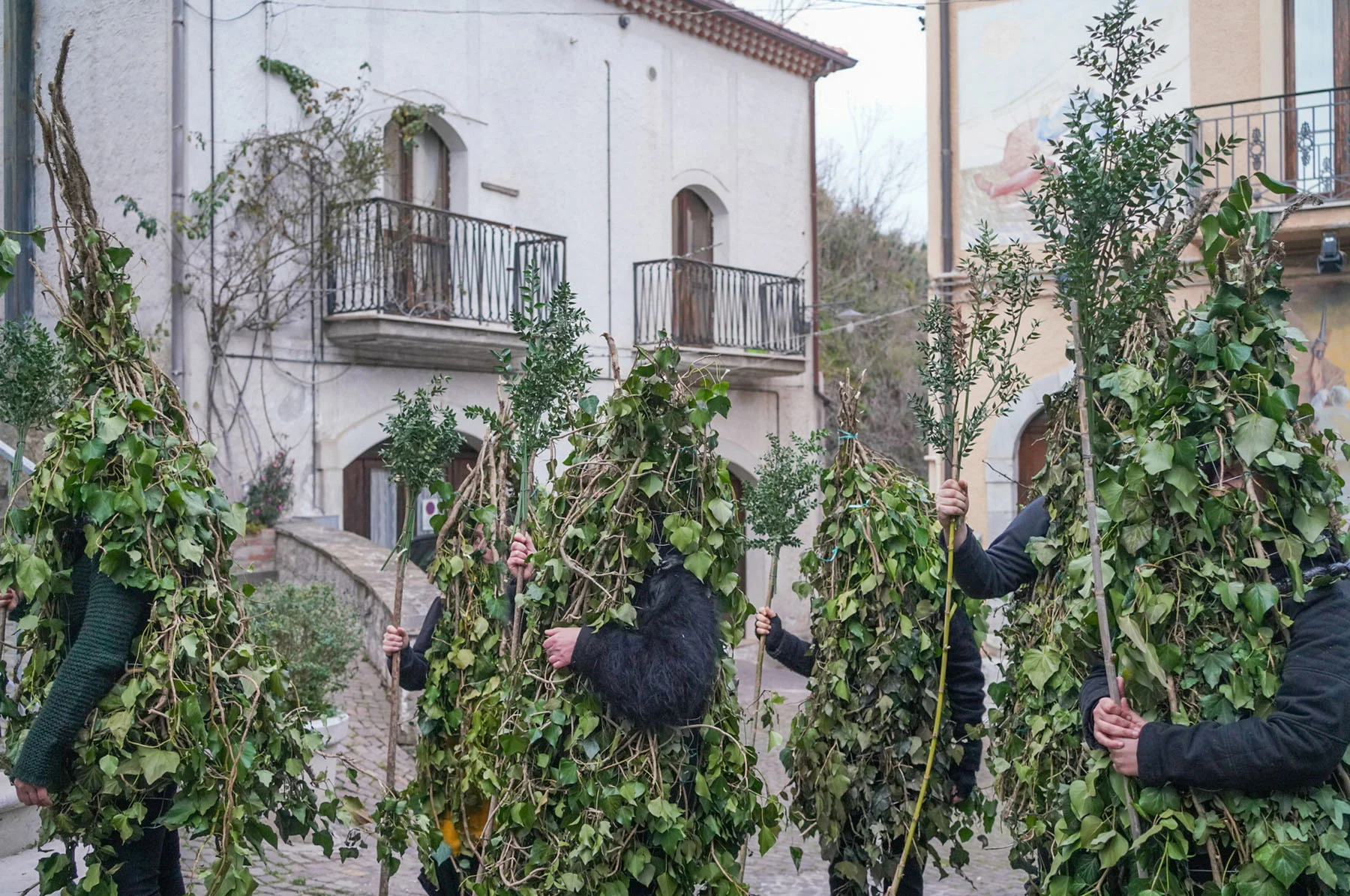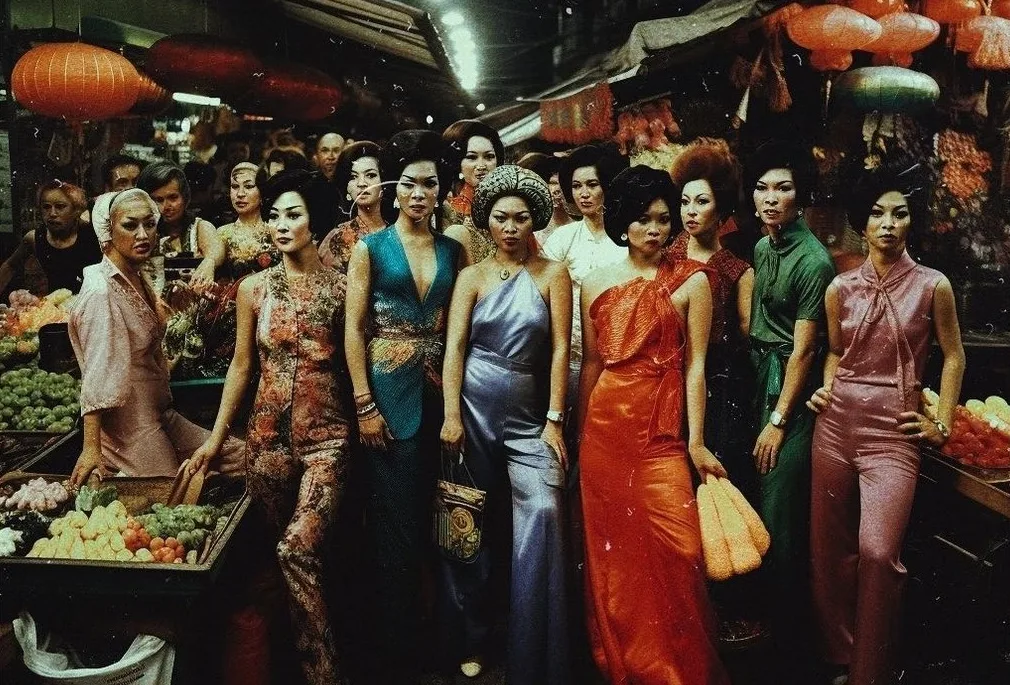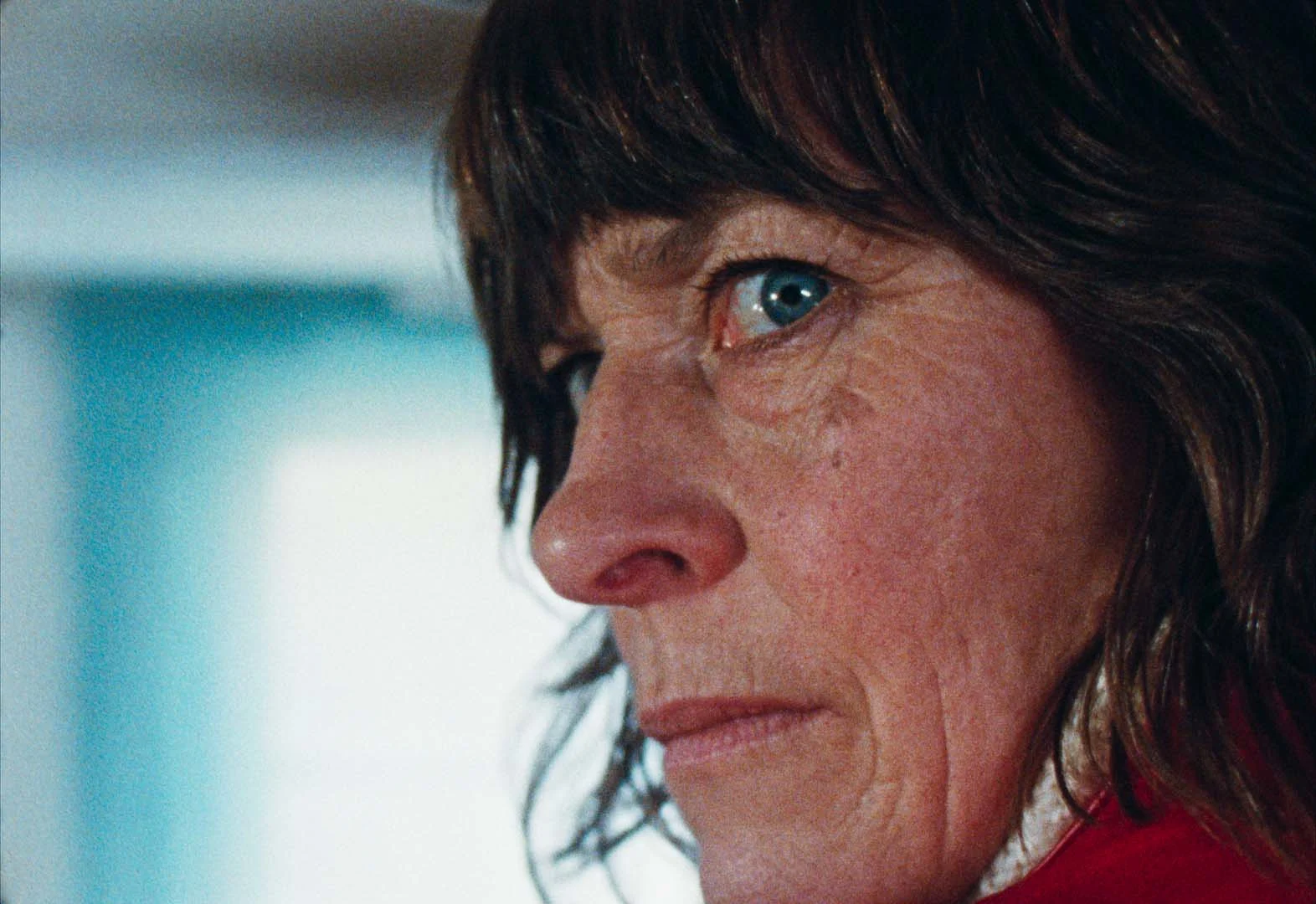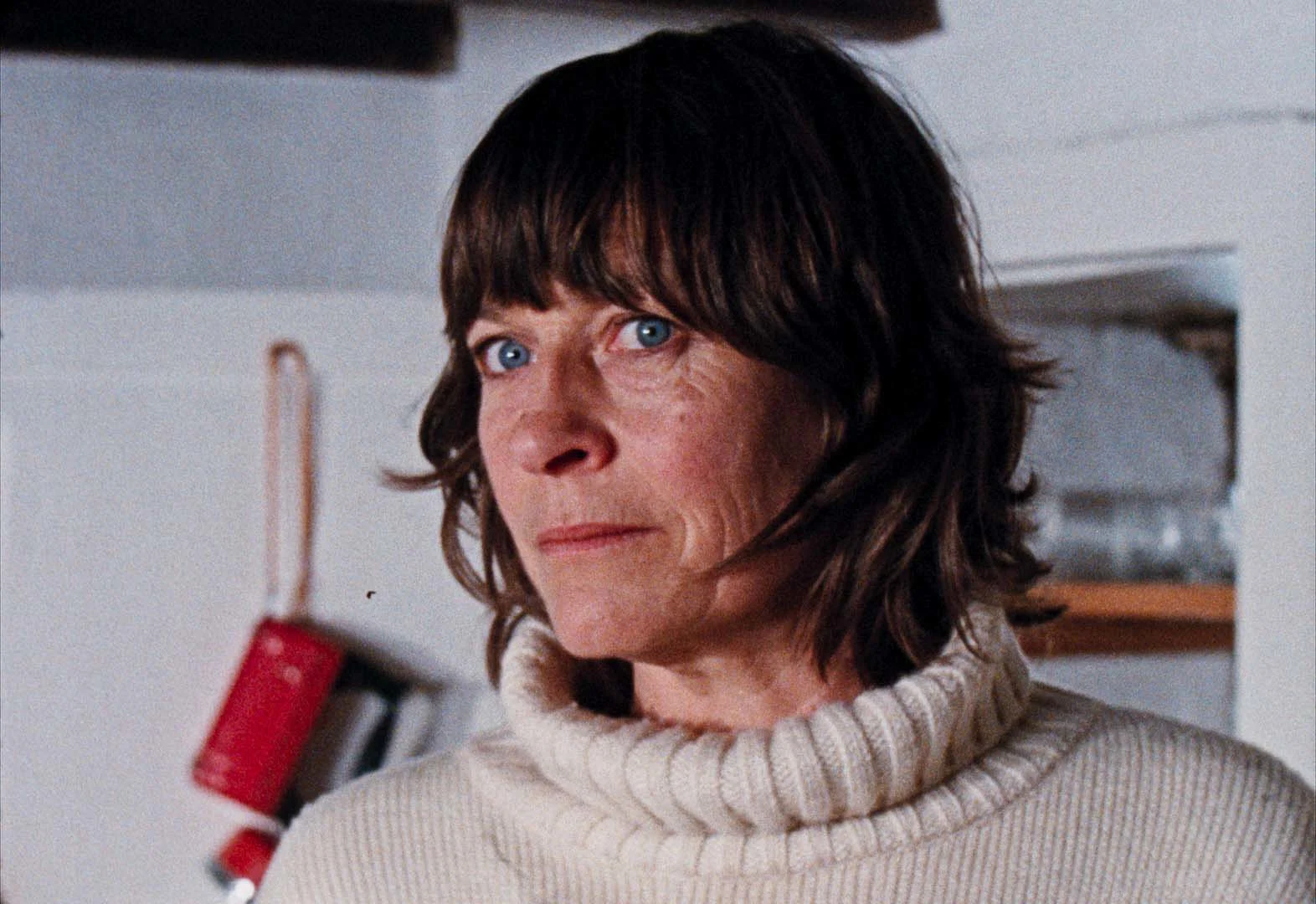
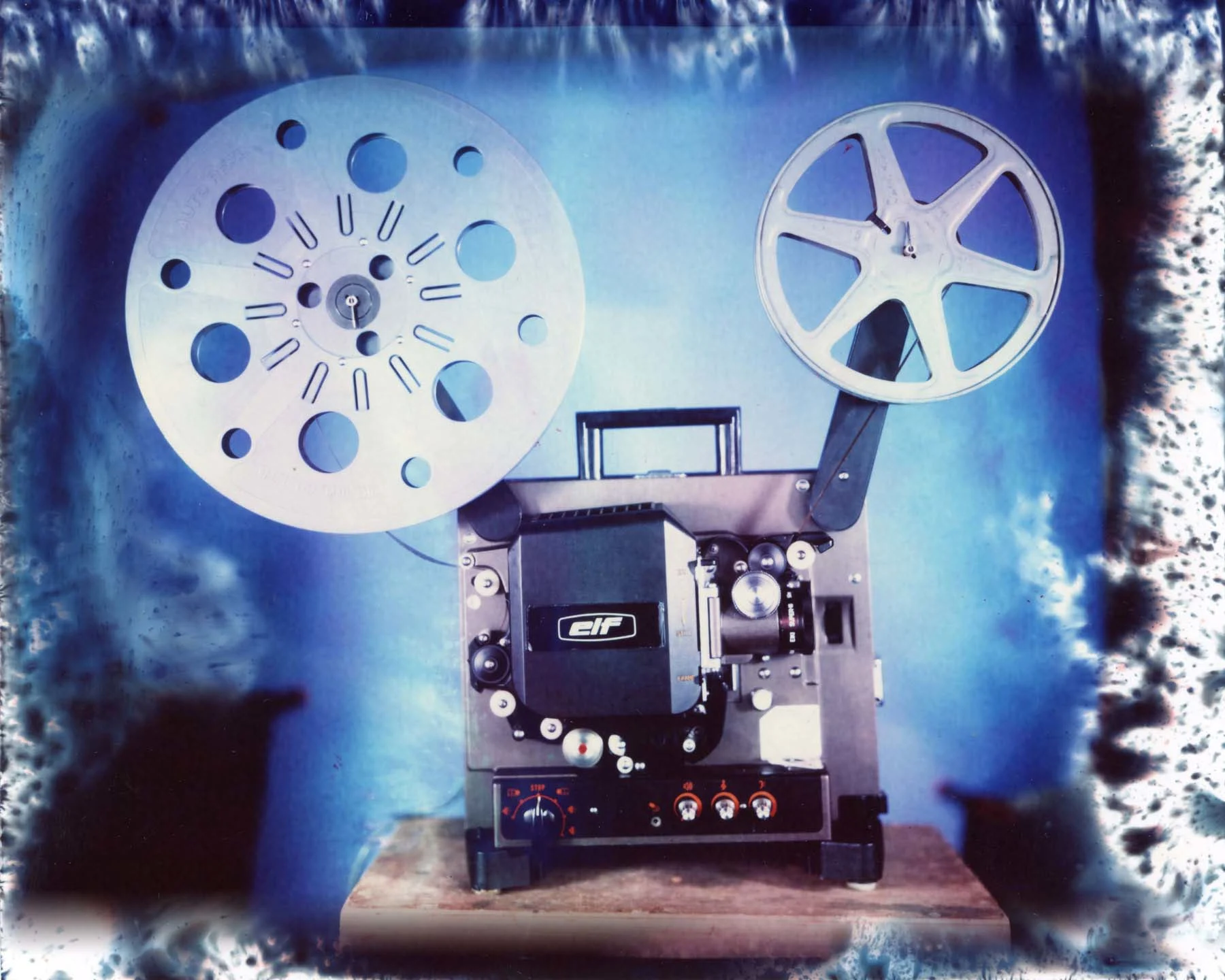
Mark Jenkin—the director behind BAFTA winner “Bait” and the new Cornish psychological horror feature “Enys Men”—is one of few filmmakers to embrace a fully analog production process, from shooting on ancient cameras, through to editing the film by hand in his studio. Writer Anna Bogutskaya traveled to Cornwall to his studio to meet Jenkin and ask him about the specific tools he relies on to give his projects their signature grit.
Photos by Brendan Barry.
Mark Jenkin’s studio—a small room in the seaside town of Newlyn, in south-west Cornwall—is overflowing with film equipment, VHS tapes, books, bits of railway and mementos. A laminated memorandum peeks out from behind a pipe: THINK OF THE CAMERA AS A MAGNIFYING GLASS. He uses it as his filmmaking mantra, and it has served him well as he has become one of the most compelling success stories of British filmmaking
Jenkin had been making experimental short films for years before he broke out in a big way with his feature-length debut “Bait” (2019), for which he picked up a BAFTA, and spent months touring around festivals and cinemas. His work is seeped in the land, language and folkloric legends of Cornwall—“Bait”centers on the tensions between a Cornish fisherman and the holidaymakers gentrifying his village, while the music video he directed for Thom Yorke and Jonny Greenwood’s band The Smile was filmed inside an abandoned Cornish mine where many miners perished. “I’m incredibly superstitious. We live in a really superstitious place. This place is here because of dangerous jobs, like deep sea fishing and mining,” says Jenkin. “What you get from that is superstition. You create a set of rules that you abide by to give you a sense that you’re in control of your destiny.” His latest film, “Enys Men,”is an experimental folk horror inspired by Cornish legends, tracing an unidentified woman’s slow descent into madness as she monitors wildlife on a remote island in 1973.
There has been much curiosity around Jenkin’s way of working, which is unlike any other major filmmaker working today. His completely analog, literally handmade creative process imbues his films with a bewitching texture. Largely uninterested in plot, his films instead create a sense of rapture and eeriness, which can be traced directly to his hands-on approach to every element of production. He shoots all his work on a 16mm camera, hand processes the film, and edits image and sound at the same time. Sometimes, he’ll even create the score and record additional sounds and dialogue in his studio. Working with a small crew and very few actors, he has developed a process that allows him near total control over his projects and allows him to do most of the work himself, in this tiny room in Newlyn.
“Making a film is such an odd thing to do. You create a script that works on the page. We have no idea if it's going to work when sound and pictures are locked together, what the weather's gonna be like, what people's personalities are like, what energy levels are going to do,” Jenkin explains. “So you create superstitions. I have two: I cook for everybody the night before the shoot, and I burn ceremonial money around the camera. A friend of mine gave me some ceremonial joss money for my birthday. It’s for good luck and normally burned at funerals. We burned it next to the camera—and [“Bait”] went well. This ceremonial money is in the camera kit, that’s as important as gaffa tape and the light meter. We do it at the start of every day.”
Bolex H16 SB

Filmmaking is all about austerity and removing options.
“I got this camera about 10 years ago, maybe eight, when I went back to shooting film. I started off shooting Super 8 when I was young, then I progressed to MiniDV when that became the revolutionary format for low-budget filmmakers, and then to higher-end digital cameras. At some point I stopped because I had to have an operation at very short notice and I couldn’t move for a couple of weeks. I sat on the sofa and watched Mark Cousins’ ‘The Story of Film: An Odyssey’ documentary, all 15 hours of it, and I was just really affected by how excited Mark was by film. I remember when I used to be that excited by it!
“So while I was still recovering, I bought a Super 8 camera on eBay and started shooting again. I was shooting experimental shorts that went to festivals and won awards, and at the same time I was developing more conventional films with other producers. You’d spend years discussing the script, but never the form. I thought, why not combine these separate worlds? Work with a tiny crew, shoot on film, not shoot too much footage, be expressionistic in the edit and experiment with the linearity of storytelling. I could have more control with a 16mm camera, so I got this Bolex H16 SB, which is my favorite kind of Bolex. It was the camera that artists working with film used because it was designed for the aspirational amateur when it came out originally.
“I didn’t know it at the time, but I really like the lens mount on it. I like commiting to one lens because, for me, filmmaking is all about austerity and removing options. Shooting ‘Bait,’ I knew there were going to be plenty of inconsistencies, so we decided that there would be one consistent thing and that would be the lens we shot on. I like shooting the whole film with one lens, which is what Robert Bresson always did. I’ve shot ‘Bronco’s House,’ ‘Bait,’ ‘Enys Men,’ and numerous documentaries and music videos on it.
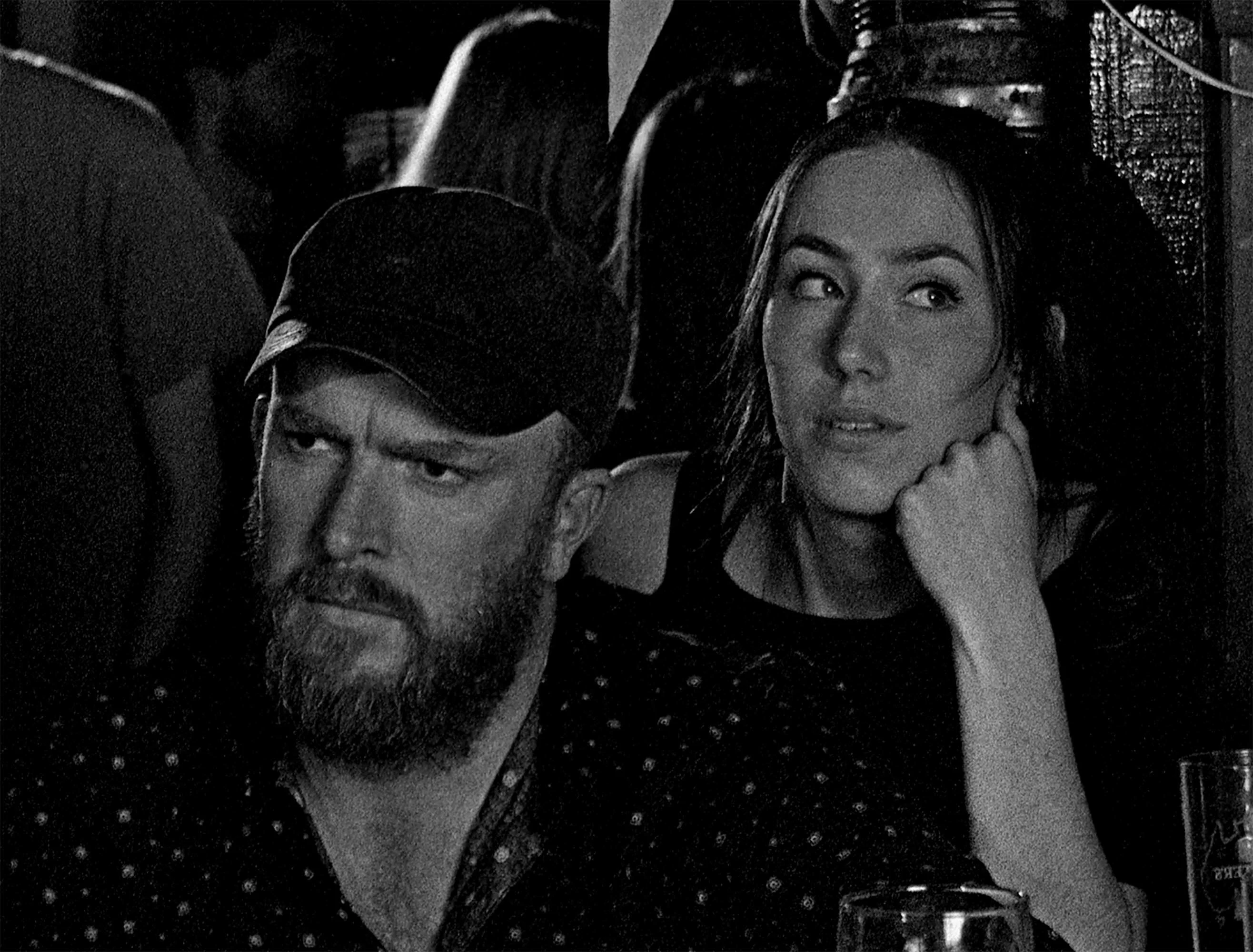

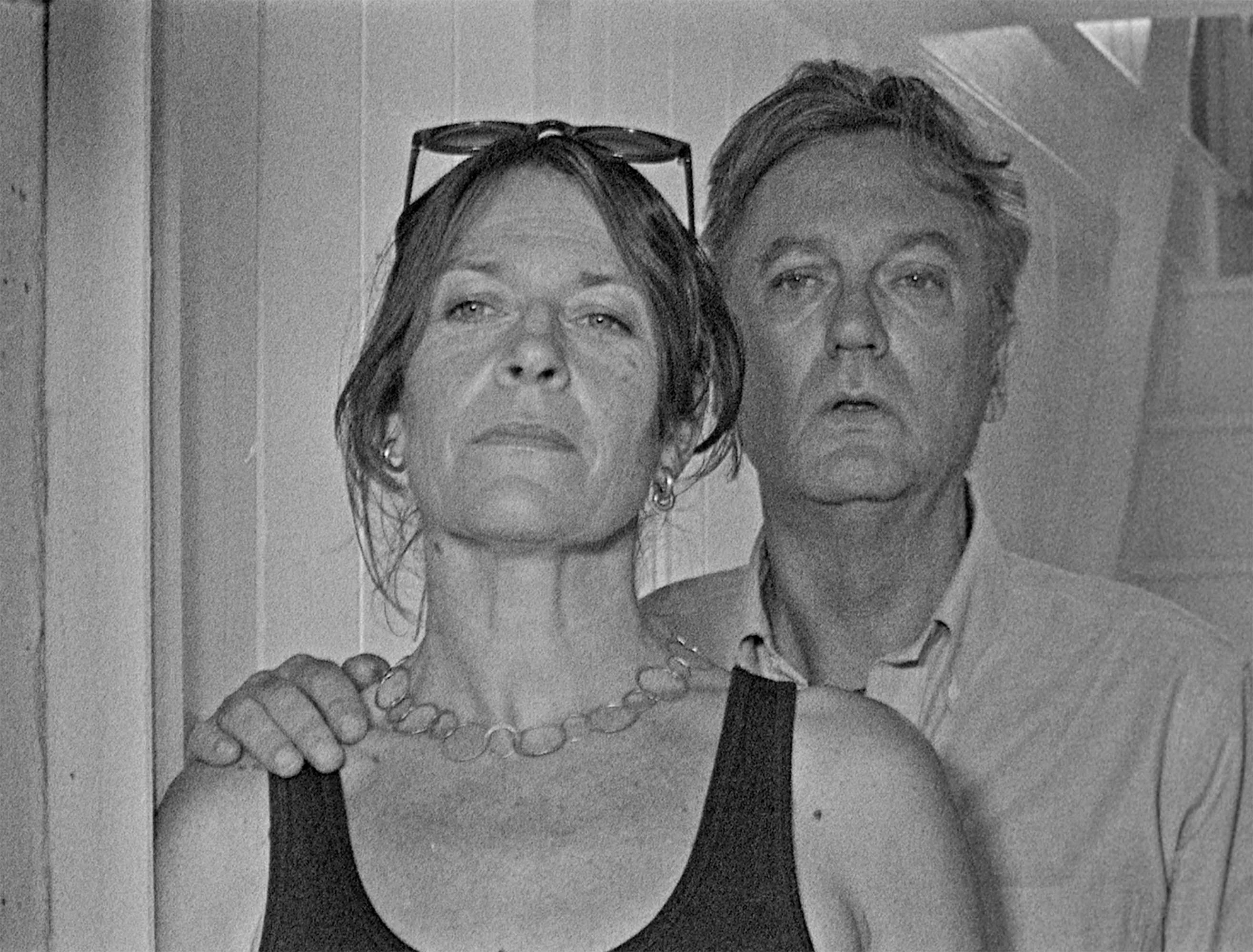
Morse G3 Rewind Tank

That was just it for me: the joy of shooting a roll of film and developing it myself.
“Spiral tanks, which are what you’d use to process Super 8 film, are so expensive and cumbersome when it comes to 16mm. Someone online recommended the Morse G3 tank, and I got it online, from America, for about £300. It arrived all smashed, so I had to glue it all back together again.
“Processing film is just so much fun. The first time I did it, we were mid-shoot on ‘Bronco’s House’ and I found a hole in the camera and thought the film was going to be ruined. I came here one night during the shoot, completely sleep deprived and found a recipe online to make developer fluid from instant coffee. Mary [Woodvine, his partner and one of the film's stars] left me a bag of Haribo outside the door, ’cause I hadn’t eaten. There was no good outcome other than the film coming out perfect. I was processing movie film in a tiny little room in Newlyn, having never done this before and thinking, ‘I can’t do this. This is what labs do. What an arrogant fucker to even imagine you can do it.’ I took the lid off and it was perfect. I saw these images and I just cried, partly through relief and partly through the sugar high. That was just it for me: the joy of shooting a roll of film and developing it myself.
“At the peak of my productivity, I’ll have 500 feet of film drying in the studio. And if I do it as a reversal process, I have a positive that I can put straight onto a projector. There is a magic to the alchemy of bringing an image to life. I’ve got a camera that doesn’t even have a battery. I don’t have to go near a computer. Without leaving this room, I get all the way to projecting it on the screen and seeing this thing come alive. Loads of people ask me, ‘Why don't you get the lab to do it?’ and I always say, ‘Why would I let other people have that fun and pay them a fortune to do it?’”
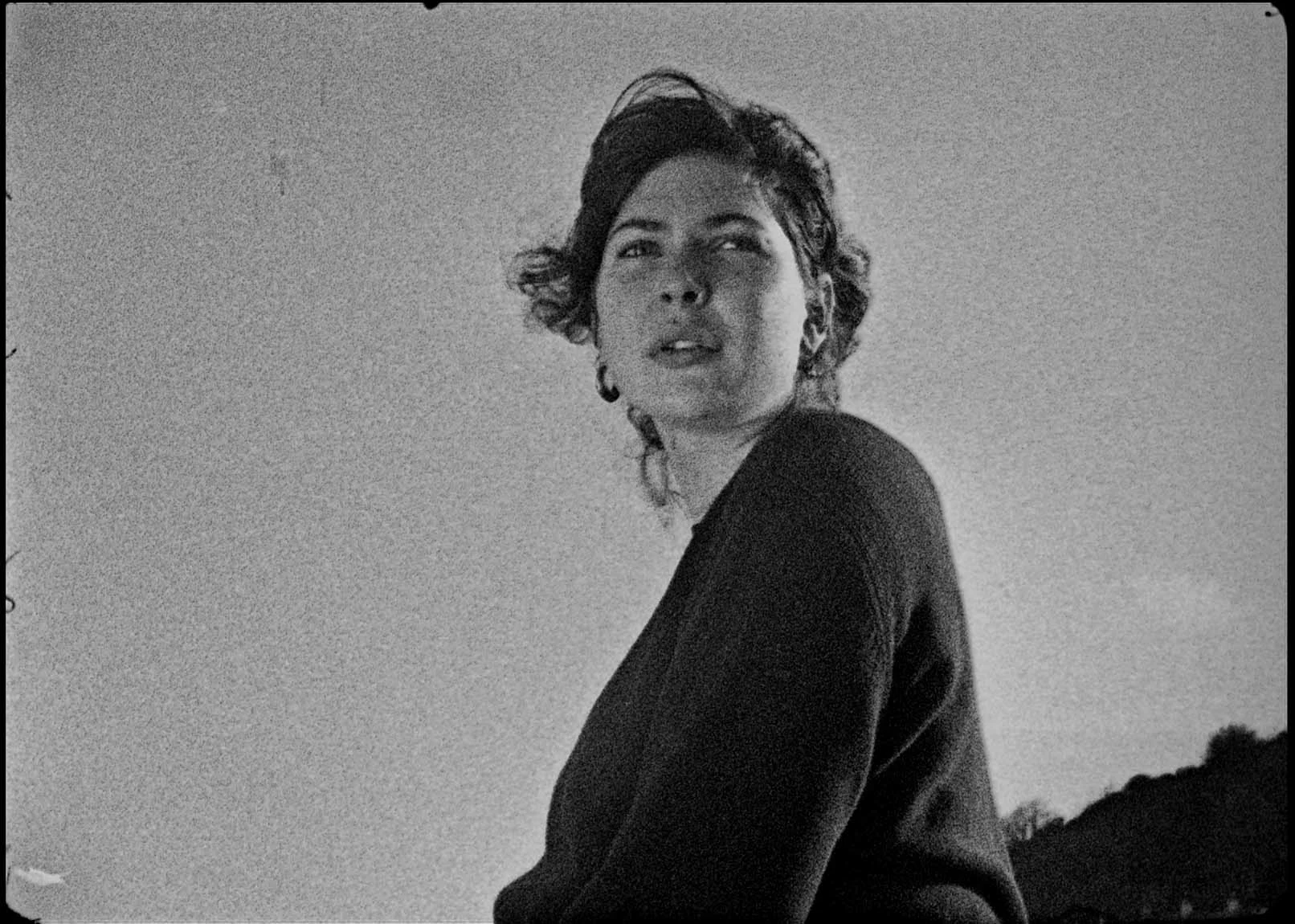
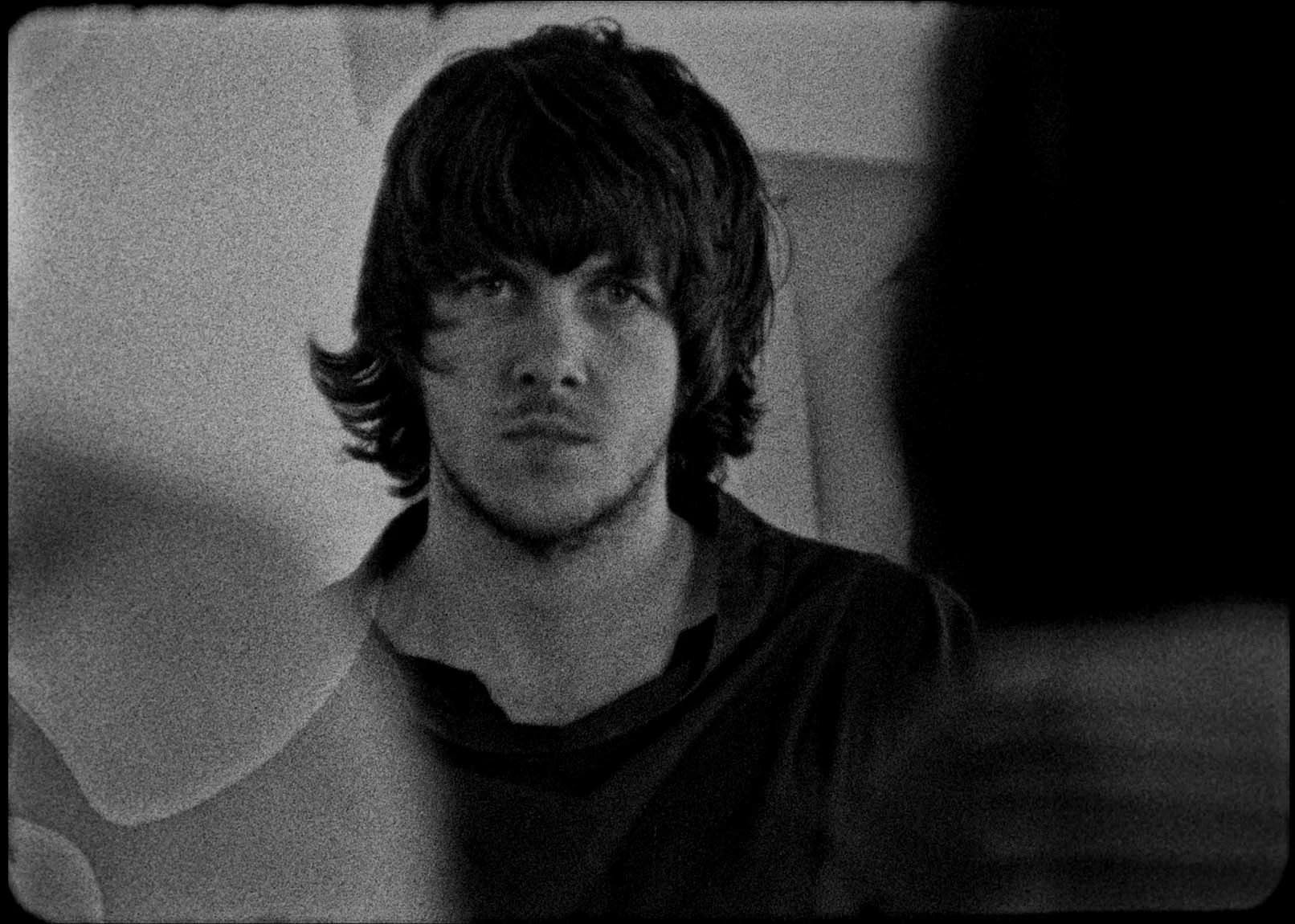
UHER 4000 Field Monitor

“When I was shooting films on Super 8, I would script and shot list it very carefully so that when it came back from the lab, that was my final film. I never cut into it. I’d put it on a projector and it would play silently. So with my little tape recorder, I’d make a non-sync soundtrack, press go on the projector and play on the tape recorder, and would show these films to my mom and the cat. All of it was physical—not because I chose it, but because it was the world.
“When I went to university in Bournemouth, the first module I did was sound. We used these machines to go out and do interviews, put them on a big reel, cut them with a razor, and splice them together. I always just loved that. Then came Pro Tools and it was exciting because of all the possibilities, but then very quickly all the possibilities became the biggest barrier to creativity. I’m not intuitively good with computers so I don’t explore those possibilities quickly. When I went back to shooting films, all this equipment was sloshing around on eBay. I bought this one when I was around 40. I must have thought, ‘I know how I can recapture my youth: I’ll buy a reel to reel tape recorder!’ But I found a real application for it.
“I started creating soundtracks for my experimental films on it. The tapes are 10 minutes long, so that's all I can record onto it. I’ll record on a quarter-inch tape, then I bump it down to a cassette tape, establish four tracks on a cassette tape, and do a live mix between four tracks. If I'm happy with it, I'll use it. If I’m unhappy with it, I'll tape over and do it again. I'll give myself three attempts to do it. It’s all about implementing these limitations, and tape is great for that. When it runs out, it stops.”
Sekonic Zoom Master L-508

When you shoot a film you capture light. When you edit a film, you manipulate time. That’s all filmmaking is—it's as simple as that.
“The only thing other than a camera that you need is a light meter. Actually, I could probably shoot in some places without taking a reading, but I wouldn’t shoot a feature film with somebody else’s money guessing like that.
“I take my light meter with me all over the place. Quite often if we go out for a walk, I’ll take a light meter and I’ll just take meter readings, almost like a test, like revision. I’m a bard of Gorsedh Kernow and my bardic name is ‘man of light and tie.’ When you shoot a film, you capture light. When you edit a film, you manipulate time. That’s all filmmaking is—it's as simple as that. Everything else is deliberately complicated to justify people's existence, or to make people feel good about their expertise.
“With a spot meter, it's a slightly voyeuristic thing. I could sit here and I could take a hundred light meter readings of your hair, your forehead, your ear, the highlight on your earring. I remember being out with a mate of mine, who does all the artwork for my films, and I didn’t know if I could justify getting this £800 spot meter. And he said, ‘It’s the tool of your trade. All you do is capture light, but you’re using this cheap light meter.’”
Tape measure

“I keep the camera still so I can compose very simple shots. I like big, well-lit close-ups of faces. You can’t always tell the exact focus through the viewfinder. I use a tape measure, like in the old days, so quite often I won't even focus through the viewfinder. You’d measure from the camera—a lot of cameras have a little hook where you hook the end of the tape measure and you run the tape measure to the subject that you want in focus. That’s how I focus. I’ll do it by eye, as well. Sometimes you don’t want a shot pin-sharp.
“For me, it's really important to use real objects. I think the souls of the objects end up in the film. There’s a physicality to the way that I work that ends up in the final film and that goes all the way to the sound recording. Even if I record something digitally, I’ll always play it through tape so I can see it as a physical thing, even if it’s just for a moment. Maybe I have a chip on my shoulder about wanting to be a working person, coming from where I come from. We’re in the shadow of the moor, where the mines are. It’s a very physical place to be and I wouldn’t want to be making films using just a finger to press a mouse button. I don’t think I would enjoy the process, and I don’t think the films would be the same.”
16mm projector
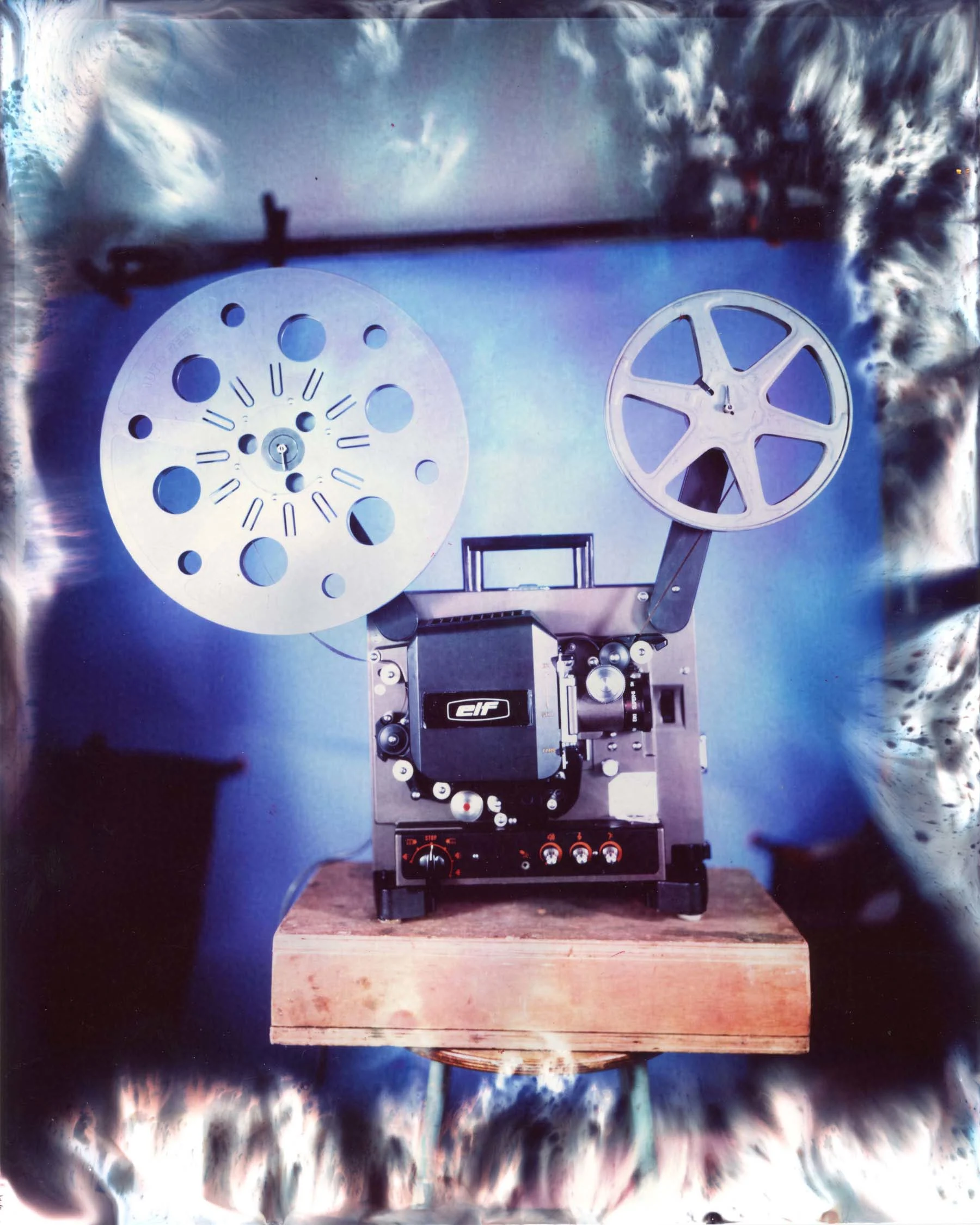
A 35mm screening brings you closer to the adrenalin in the room you get with theater. It could go wrong at any point.
“I have two 16mm projectors. I use them to play. I picked them because, same as a lot of things, they just look beautiful. I wouldn't play stuff I shot on them because the camera negative would be very difficult to watch that way; and also because my film is the most precious thing to me. I'd only watch other people's film prints on them. What I’m doing at the moment is searching eBay to buy a 16mm print of a film—it doesn’t even matter what it is. I'll probably buy an incomplete print of ‘Confessions of a Window Cleaner’ or something just so I can just project it.
“I love the projector as an object, as a piece of machinery, and it scares me. It’s so hot and loud, and could shred this really precious thing at any moment. But seeing a film projected is massively important. When it comes to exhibition, a 35mm screening brings you closer to the adrenalin in the room you get with theater. It could go wrong at any point. You know there's a projectionist up in the booth and no matter how experienced they are, their heart's racing a bit more the moment of a reel change. I love to think of the projectionist as the ultimate contradiction: this kind of anonymous, introverted figure nobody sees, who’s putting on the entire show. The projectionist is the last member of the film crew. Until the credits roll, we’re still in production.”

